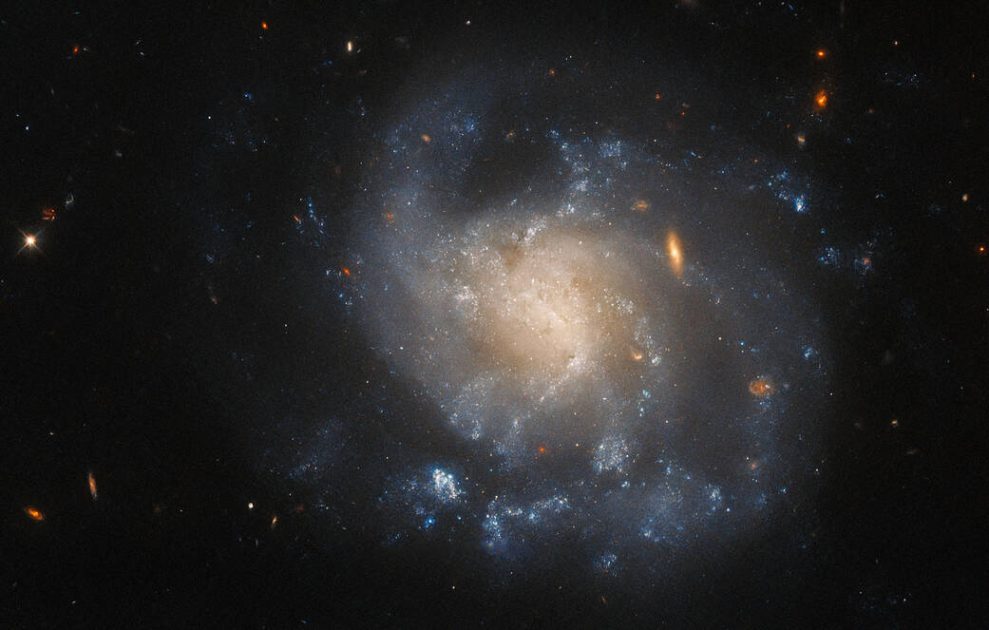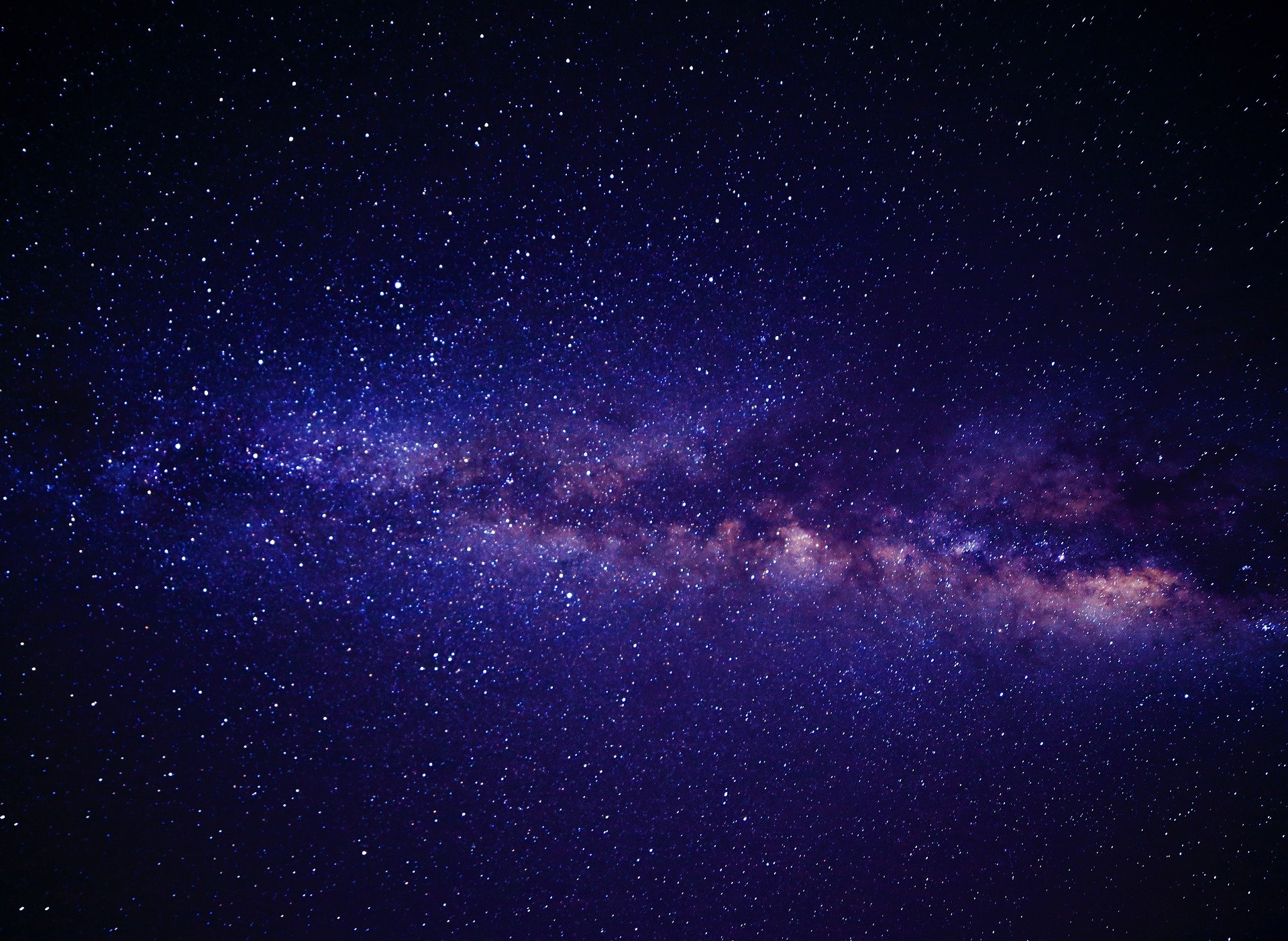NASA’s Hubble Space Telescope captures an isolated supernova remnant
NASA’s Hubble Space Telescope has added an impressive supernova image to its extensive list of cosmic discoveries spanning over 30 years. Situated in the galaxy IC 1776, nestled within the Pisces constellation and 150 million light-years away from Earth, this image offers a new insight on a distant, irregularly-shaped spiral galaxy.
Discovered by the Lick Observatory Supernova Search in 2015, SN 2015ap marked a transient, yet powerful, moment in the cosmos.
IC 1776, characterized by its faint, challenging-to-distinguish spiral arms and a core emitting a gentle, golden radiance, depicts the aftermath of the explosion of the supernova known as SN 2015ap.
Robotic telescopes, managed by a global network of professional and amateur astronomers, tirelessly scour the skies for short-lived astronomical events like supernovae. Although SN 2015ap is not visible in the Hubble image, the telescope turned its attention to the remnants left behind by this cosmic explosion.

Through two separate observational attempts, the Hubble Space Telescope aims to reveal the intricate processes underlying these cosmic phenomena. The faint, wispy, and azure regions in IC 1776 are indicative of stellar nurseries, where new stars are born, adding vibrant colors to the cosmic tableau.
This Hubble image provides us with a window into the boundless dynamism of our universe, showcasing the interactions among cosmic objects, including the fiery birth of stars, and the mind-blowing demise of supernovae.
And it appears that the weather is becoming more favorable for hunting supernovae.
NASA’s James Webb Space Telescope, equipped with high-resolution and high-sensitivity instruments, had captured another iconic supernova, SN 1987A, located 168,000 light-years away in the Large Magellanic Cloud. Ongoing observations, particularly by Webb’s NIRCam, promise to unravel the mysteries surrounding this long-studied supernova and its remnants, offering further insights into the life cycles of these cosmic cataclysms.
Another team of astronomers has also recently observed AT2022aedm, an entirely new type of cosmic explosion that may have been triggered by a small or medium-sized black hole eating up a star.
Auto Amazon Links: No products found.


